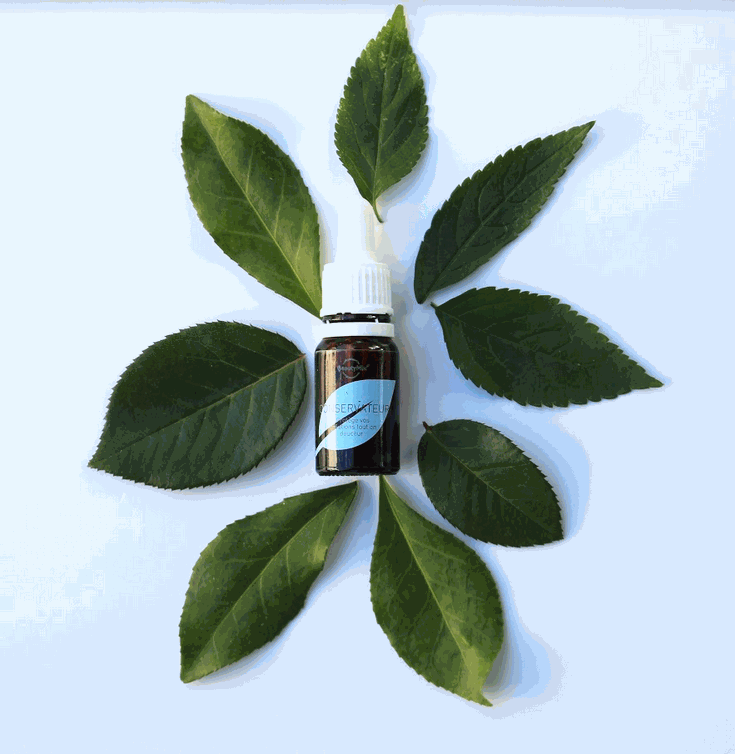Today we meet for an article on the use of preservatives in cosmetics. Indeed, whether homemade or industrial, our cosmetics need preservatives to extend their shelf life and thus prevent the proliferation of microbes and other bacteria. Under these conditions, which preservatives to choose while remaining eco-responsible and continuing to make your own homemade cosmetics? BeautyMix gives you some solutions for an optimal result!
What is a preservative?
What are parabens?
Among these molecules, parabens are on the Hit-Parade! Effective, well tolerated and economical, they have long been considered perfect. But more recently, studies have questioned their safety, and some parabens have been banned by theEuropean regulation. They are now very controversial, but that does not mean that all preservatives are bad for your health.
What preservatives to use in home cosmetics?
In the context of home cosmetics , we can afford to put milder preservatives because the use is immediate after manufacture.
Our so-called "raw" products are, as you know, natural, but not without preservatives. Our hydrosols are thus protected by a mild preservative to allow them to be stored at room temperature.
The aqueous phases of your products systematically need a so-called “antimicrobial” preservative to fight against the proliferation of molds and other bacteria. Your creams, milks and micellar waters therefore need these preservatives. BeautyMix has selected one that is unbeatable: benzyl alcohol. Widely used in organic cosmetics , it is authorized by the label BIO Ecocert and guarantees storage of your products for three months at room temperature.
Please note that to validate this storage period, we have carried out laboratory tests with our formulator!

Products without an aqueous phase such as lip balms or deodorants have the advantage of not needing preservatives . Our only advice is to put them away from heat and light to avoid their oxidation, that is to say the rancidity of fatty substances.
And what hygiene rules can you put in place?
Some external factors make their work more difficult. And yes, you are sometimes responsible! Your fingers can be the source of contamination.
A good preservative is not enough, you also need good hygiene practices.
This is why they must be handled with care and be sure to follow certain hygiene rules .
Here are a few that are simple and effective:
- Thoroughly wash and sanitize your hands
- Disinfect utensils
- Disinfect your workstation
Now you have all the cards in hand to keep your products created atBeautyMix Up to the last drop !
La team BeautyMix